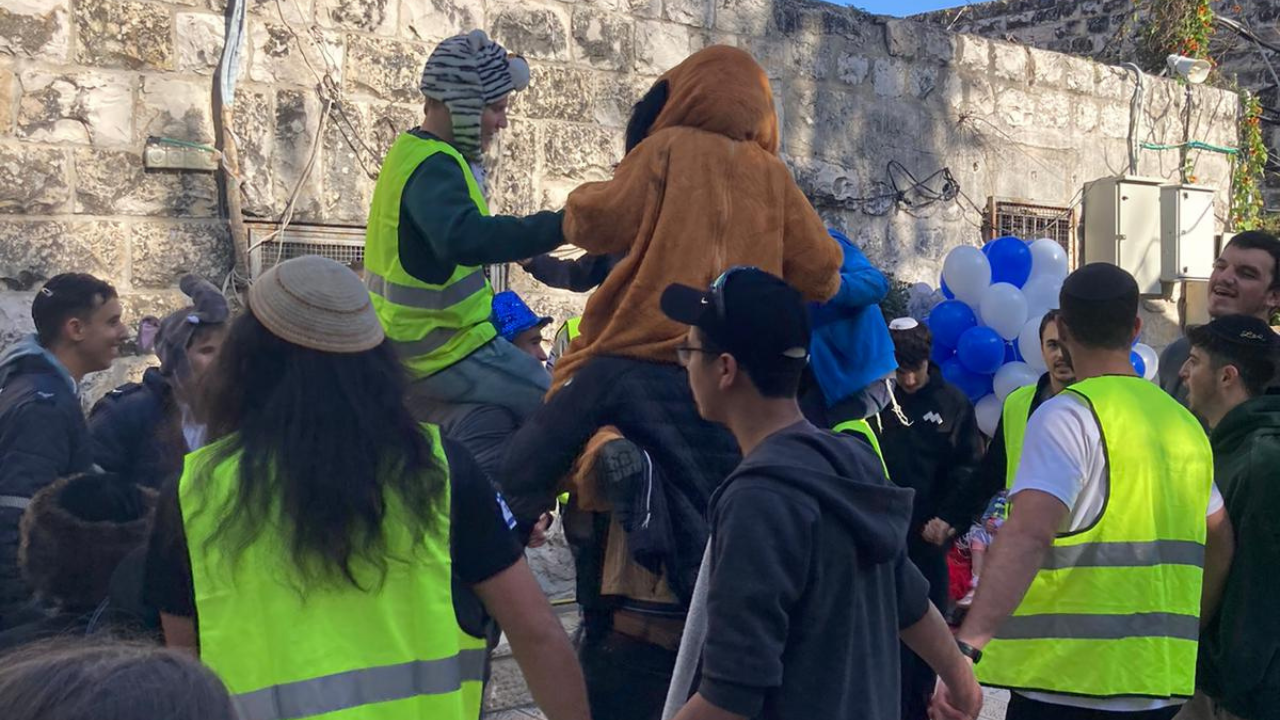VeNahaphoch Hu
The entire story of Megillat Esther takes place in Shushan, the capital city of the Persian empire, located in modern day Iran. No explicit reference is made to Eretz Yisrael, other than the megillah noting Mordechai’s exile from Yerushalayim years before. Haman’s rabid hatred of the Jewish people seems to be directed at the Jews themselves, entirely unrelated to their aspirations to return to their homeland.
However, a deeper look reveals another layer of the story. The Ramban (hidushim to Megillah 2a) notes that before the entire Purim story took place, the process of Shivat Tzion had already begun. Jews had already started their return to Eretz Yisrael and Jerusalem. In fact, some commentators suggest that the process of rebuilding the temple had already commenced, only to be stopped by Achashverosh himself when he ascended to the throne.
Haman and other Jew haters intuitively sensed that the return of the Jews to Jerusalem and their rebuilding of the Beit HaMikdash was on hand. Whenever Amalek perceives a possible return to Eretz Yisrael and redemption, it will viciously attack. With their rabid hatred of Klal Yisrael, they cannot stand seeing the Jewish people flourish in their homeland. In the fourth chapter of Sefer Ezra, the ongoing construction of the Beit HaMikdash is halted when a calumnious letter reporting Jewish rebellion was sent to the Persian authorities. Rashi (see Esther 9:10) explains that this letter was actually penned by none other than the sons of Haman themselves. Haman and his progeny obsessed over the possible rebuilding of Jerusalem, doing everything they could to stop it.
Haman was trying to reverse the redemption process and permanently stop the Jews from reclaiming and rebuilding their holy city. This is why Hazal in Masechet Megillah compare the celebratory feast of Achashverosh to the feast of Belshazzar described in Sefer Daniel (chapter 5). Just as Belashazzar wanted to celebrate the “permanent” exile of the Jewish people by hedonistically drinking wine from the holy vessels of the temple, Megillat Esther also begins with Shushan’s joy over the discontinuation of Shivat Tzion.
But Purim is all about the machinations of our enemies flipping onto their heads. Their attempts to stop us from reclaiming Jerusalem will become the very net that ensnares and destroys them. The Targum (to Ester 8:2) explains that the wealth of Haman’s household, now confiscated and given over to Mordechai, was used by Mordechai and Esther to fund the rebuilding of the Beit HaMikdash.
The Shem MiShmuel reveals a wicked divine irony. The ten thousand silver talents that Haman offered to Achashverosh when suggesting the genocidal decree of destroying the Jews were never accepted by the king. Instead, this money remained in his household, only to be acquired by Mordechai and rededicated for the purposes of rebuilding Jerusalem. In his arrogant attempt to prevent the Jewish people from reclaiming Yerushalayim, Haman’s very own riches become the launchpad for redemption. Truly, venahaphoch hu.
When will Amalek finally understand that every attempt to take away Jerusalem will only lead to the inevitable strengthening of our hold over it? When will they finally realize that the Jewish people’s salvation is eternal, and that our hope in HaKadosh Baruch Hu will always ultimately be rewarded with Him delivering us from their wicked, filthy hands? Their (very) temporary victories and celebrations will become the very tools through which Hashem brings about their inevitable demise. The destiny of Klal Yisrael and their return to Jerusalem will never be stopped. בימים ההם בזמן הזה.



